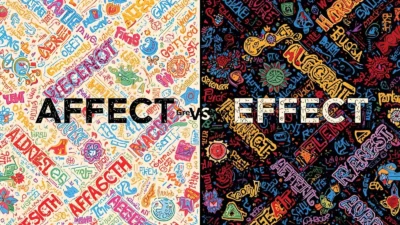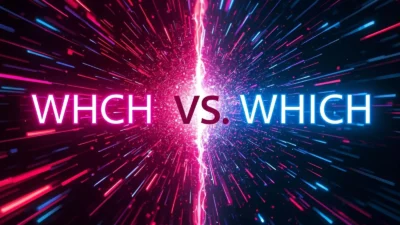Have you ever paused while writing and wondered whether to use grey or gray? You’re not alone.
Millions of people search for this keyword every year because the spelling difference creates confusion in everyday writing.
Whether drafting an email, posting on social media, or preparing a professional report, using the right spelling matters.
The word itself refers to the same neutral color between black and white, but the difference lies in spelling preference, not meaning.
The confusion mostly comes from regional English variations. Some audiences are used to one form, while others prefer the other.
Knowing when to use grey and when to use gray can help you write clearly, appear professional, and avoid simple mistakes.
This article explains the difference, its origins, regional preferences, and how you can choose the right version for your audience.
Grey or Gray – Quick Answer
Both grey and gray mean the same thing: the color between black and white.
- Gray = American English (preferred in the U.S.).
- Grey = British English (preferred in the UK, Canada, Australia, and most of the world).
👉 Example:
- US newspaper: The sky turned gray before the storm.
- UK newspaper: The sky turned grey before the storm.
The Origin of Grey or Gray
The word comes from Old English grǣg, which had several spelling variations. Over time, both grey and gray survived.
- In medieval texts, both spellings appeared side by side.
- The U.S. later standardized on gray after Noah Webster’s American Dictionary of the English Language (1828).
- The UK and Commonwealth countries stuck with grey, preserving the older spelling.
So, the difference is not meaning, but regional spelling tradition.
British English vs American English Spelling
| Variant | Region | Example Sentence |
| Grey | UK, Canada, Australia, New Zealand | Her eyes were a soft grey color. |
| Gray | USA | The old house had a gray roof. |
In general:
- British English prefers -re endings (theatre) and grey.
- American English prefers -er endings (theater) and gray.
Which Spelling Should You Use?
Your choice depends on your audience:
- If writing for Americans → use gray.
- If writing for UK/Commonwealth → use grey.
- If writing for a global audience → pick one spelling and stay consistent.
Consistency is more important than the version you choose.
Common Mistakes with Grey or Gray
- Mixing both spellings in the same text.
- ❌ Her dress was gray, and her shoes were grey.
- ✅ Her dress was gray, and her shoes were gray.
- ❌ Her dress was gray, and her shoes were grey.
- Assuming one spelling is incorrect. (Both are correct!)
- Using auto-correct without checking audience preference.
Grey or Gray in Everyday Examples
- Emails: Please update the logo to match the gray theme.
- News: UK headline: “Grey skies expected across the region.”
- Social Media: Loving my new grey sweater!
- Formal Writing: Choose one form and apply it consistently.
Grey or Gray – Google Trends & Usage Data
Google Trends shows:
- Gray dominates searches in the United States.
- Grey is far more common in the UK, Canada, and Australia.
- Globally, grey appears more frequently in literature and online content.
Comparison Table: Grey vs Gray
| Aspect | Grey | Gray |
| Meaning | Neutral color between black & white | Same |
| Region | UK, Commonwealth | USA |
| Formal Use | Standard in British English | Standard in American English |
| Google Popularity | Higher worldwide | Higher in U.S. |
FAQs
1. Is grey or gray correct?
Both are correct; it depends on where you are writing.
2. Which spelling is British?
British English uses grey.
3. Which spelling is American?
American English uses gray.
4. Does grey mean something different from gray?
No, they mean the same color.
5. Why does the U.S. use “gray”?
Noah Webster promoted simplified spellings in America, leading to “gray.”
6. Should I use both spellings?
No, pick one spelling and stick with it.
7. Which spelling is more common worldwide?
Grey is more common globally, but gray is standard in the U.S.
Conclusion
The difference between grey and gray comes down to regional spelling traditions, not meaning. Both spellings are correct and refer to the same neutral color between black and white. The key is to match your spelling with your audience. Use gray for American readers and grey for British or Commonwealth readers. If your content targets a global audience, choose one version and stay consistent throughout.
By understanding this difference, you can avoid simple errors, write with confidence, and maintain a professional tone in every context. Whether you’re writing an email, a blog post, or a research paper, knowing when to use grey or gray ensures clarity and credibility.



